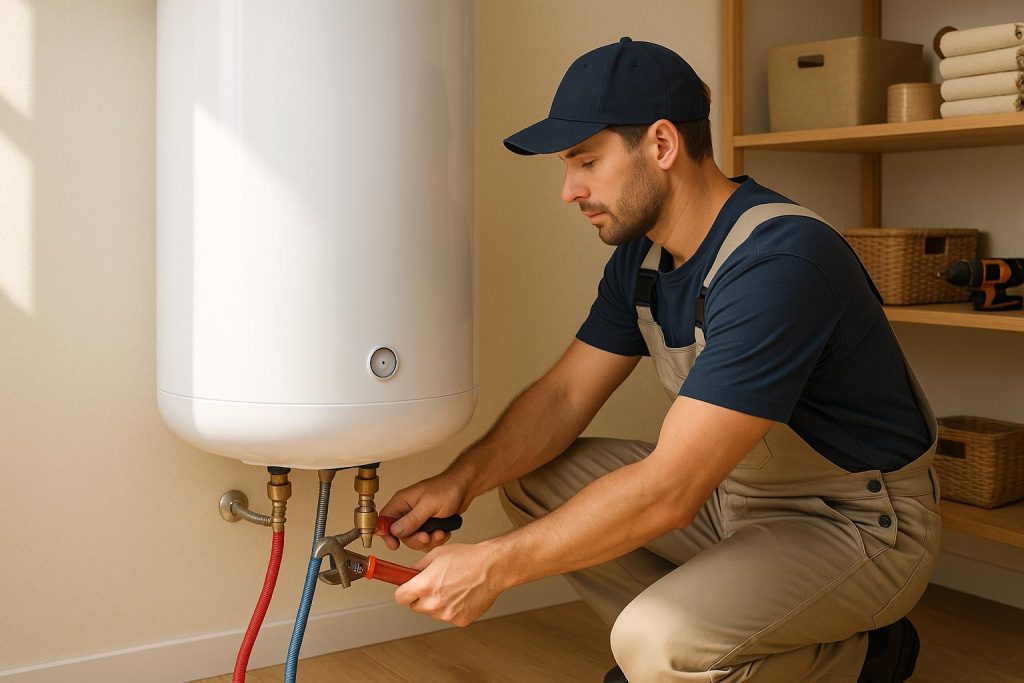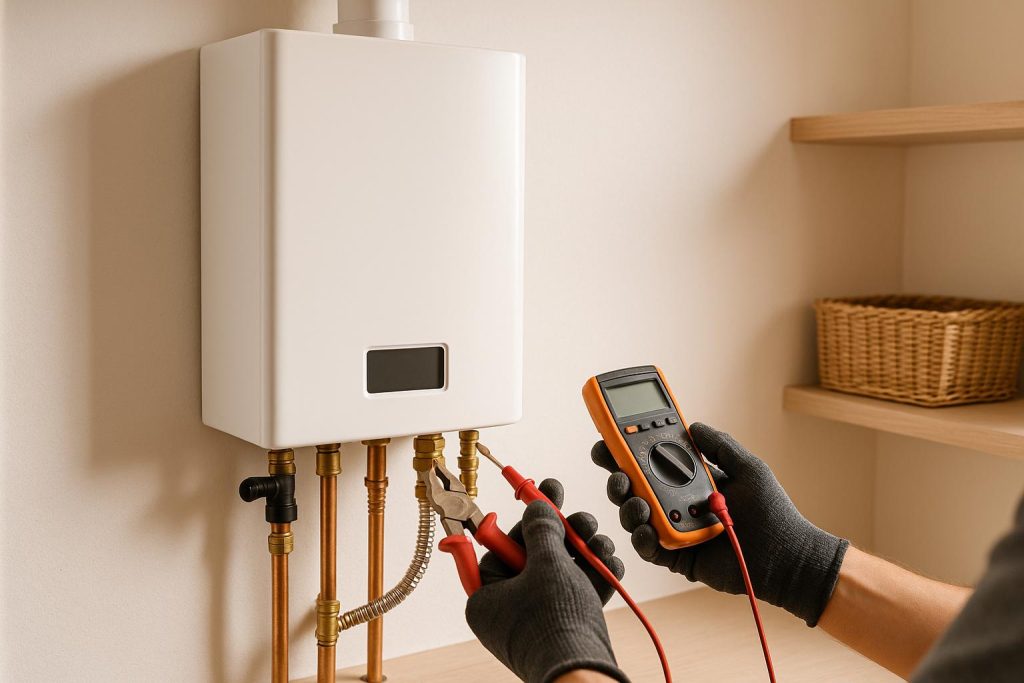So, what is the correct water pressure for a house? That will depend on who you are asking, and the area they are in. One person’s low water pressure is another’s high pressure.
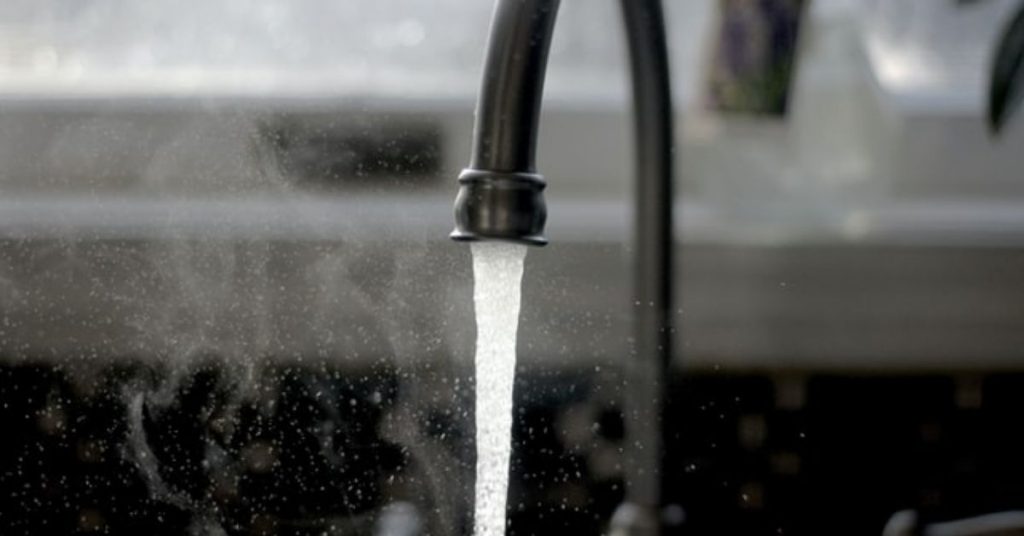
The normal water pressure in a residential home is 40-70 psi (pound per square inch). While pressure of 40 psi and lower is insufficient to meet your needs, pressure of more than 80 psi will lead to premature failure of appliances, faucet leaks as well as noisy pipes.
To determine the water pressure in your house, connect a pressure gauge to the outside faucet spigot/bib and turn on the water. Note the reading. You can also connect it to the water heater’s drain valve to check the pressure of the hot water. It is best to check the pressure when no appliance or faucet is running.
If the water pressure in your house is too high, consider adjusting it at the pressure reducing valve (PRV) or installing one if you do not already have one. If you are using water from a well, water pressure is adjusted from the pressure switch which is adjacent to the pressure tank.
Need an Instant quote from a trusted local Plumbing Pro?
Symptoms of High Water Pressure in the House
Low water pressure is annoying. That is why most people call in plumbers over it than high water pressure. You should however be concerned by high water pressure than low water pressure.
There is no faucet or appliance in your house that will be damaged by low water pressure. The same can however not be said about high water pressure.
The following are the telltale signs of high-water pressure in the house:
1. Noisy Water Pipes
Can you hear a vibrating/whining noise coming from your pipes when a faucet is turned on or an appliance like washing machine is running? If the answer is in the affirmative then you have high water pressure in your house.
Water particles flowing in the pipes are rubbing off the pipes at a very high speed causing the vibrations. With time, the brackets and studs supporting the pipes against the wall will loosen, leading to banging and rattling noises, as the pipes sway uncontrolled.
This should however not be confused with a water hammer. A water hammer occurs when a faucet is turned on off all of sudden, causing the water flowing in it to change direction suddenly as well. Water hammers arrestors will usually solve this problem.
For more information on noisy water pipes check out this post.
2. Frequent Faucet leaks
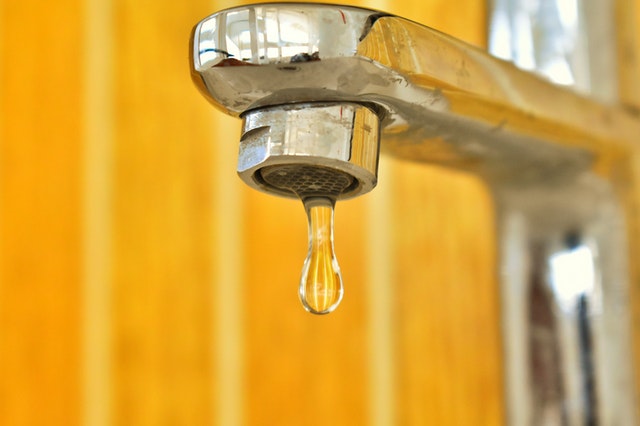
To help them prevent leaks, faucets connections are usually backed up by O-rings and washers/seals. High water pressure causes these seals to deteriorate faster than would be the case with normal water pressure.
If you are having frequent leaks in your faucets then you certainly have high water pressure in your house.
Need an Instant free quote from a trusted local Plumbing Pro?
3. Premature Failure of Appliances
Washing machines, dishwashers, toilets and other home appliances have a water pressure threshold (usually 80 psi) beyond which their valves and water supply hoses become starts to leak and burst respectively.
The thin water supply hoses could either burst, or the valves could fail permanently meaning they are unable to regulate flow of water into the appliance.
If your toilets are always running (leaking from the tank to the bowl) and the flapper is not the problem, the fill valve is defective. The toilet fill valve is connected to the water supply line and fills the toilet tank after each flush. If the water pressure is too high, that is the part that would fail.
4. Leaking Water Heater T&P valve
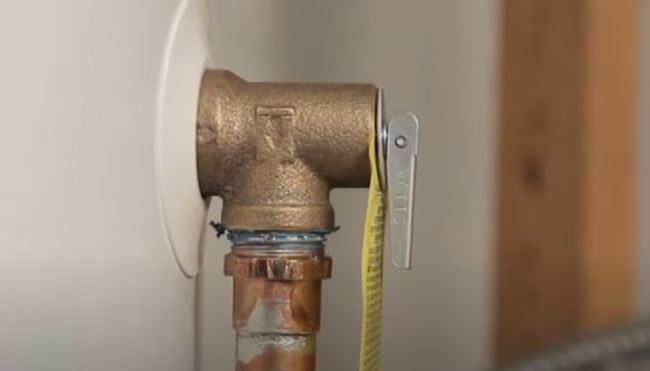
The water heater temperature and pressure relief valve is a valve installed near the top or at the top of the water heater. Its function is to discharge water from the water heater tank when the temperature and pressure of the water exceeds its rating (usually 2100 F and 150 psi).
If your house has a closed-looped system (due to the presence of a check valve or pressure reducing valve), when the water in the water heater starts to expands it will have nowhere to flow to but out of the T&P valve.
The solution to this problem is installing a pressure reducing valve, and water heater expansion tank.
Still can’t figure it out? Need an Instant free quote from a trusted local Plumbing Pro?
What Causes Low Water Pressure in the House
Low water pressure in the house could be affecting one fixture or the entire house. Whenever you suspect that the water pressure in your house is insufficient, start by investigating if the problem is with one fixture, or all of them.
1. Clogged Faucet Aerators and Shower Heads
Faucet aerators are the tiny attachments with fine nozzles at the tip of the faucet spout. Aerators look very much like shower heads. They allow air inside the faucet and hence a soft stream of water.
Due to the size of their nozzles, faucet aerators are easily clogged by debris, pipe corrosions and mineral deposits. To learn how to fixed clogged aerators check out this post, while this other post will show you how to clean a shower head.
2. Partially Closed Shut Off Valve
There is a shut off valve where the city’s water enters your property, operated by a gate valve or ball valve. If someone has partially moved the valve in the close position then the water pressure will be low for sure.
A properly opened gate valve should be turned counterclockwise all the way while a fully open ball valve should in line with the water pipe.
3. Low Setting at the Pressure Reducing Valve
After water passes through the meter to your property, it goes through the pressure reducing valve (if you have one) which reduces the incoming pressure to the preferred pressure. If the water pressure has been set too low, the resultant pressure in your house will be low as well.
Adjusting the pressure at the PRV should be enough to increase the water pressure coming to your house. If the pressure reducing valve if faulty then the pressure to your house will either be too low or too high. A faulty PRV will need to be replaced.
4. Old House
Do you live in an old house, that uses galvanized pipes instead of PEX or copper pipes? The zinc used to coat these pipes normally peel off with time, resulting to corrosion and clogging of the pipes, which restricts the flow of water and hence low water pressure.
With galvanized pipes, the hot water pipes are more affected than the cold-water pipes since hot water increases the rate of corrosion. Replacing the pipes with copper or PEX pipes is the best and long-term solution.
5. Time of the Day
The water demand during peak hours in your house and in the neighborhood (early in the morning and in the evening) will considerably lower the water pressure in your house unless you are using water from a well.
If the low water pressure is only affecting the hot water, you most likely have sediment in your water heater and you need to flush it.
6. Leaking Pipes
If you have leaks anywhere in your pipes, it goes without saying that the water pressure in your house will be reduced. Sometimes it is not even a leak, but an garden hose that was left running by the kids.
A leak in the house needs to be found and fixed as soon as possible, as it can lead to even more expensive repairs later.
Still can’t fix it? Need an Instant quote from a trusted local Plumbing Pro?
7. Problems with the Well or Equipment
If you are suing water from a well, you could be dealing with a defective well pump, low water table, faulty pressure switch, clogged water softener, or a waterlogged pressure tank. A waterlogged pressure tank is caused by a raptured bladder/diaphragm.
For more information on low fix low water pressure from a well check out this post.
How to Measure the Water Pressure at Home

Measuring the water pressure in a house is quite simple. You really don’t need to pay a plumber to do this for you.
It should cost you about $10 to measure the water pressure in your house, which you use to buy a pressure gauge if you do not already have one. In some instances, you don’t even need to measure the pressure; you just have to check it.
There is a chance that you have a pressure gauge installed somewhere in your house. Walk around your house looking for this gauge and check the pressure indicated on it.
Usually, the pressure gauge is installed on the water heater cold water supply pipe. Dash to your basement or wherever you water heater is and check if you have the gauge. If so note down the pressure.
If there is no pressure gauge in your plumbing you will need to measure the water pressure in your house yourself. This is how.
- Buy a pressure gauge with a female connection. The connection is usually ¾’’ NPT.
- Thread the pressure gauge on an outside faucet bib until hand tight.
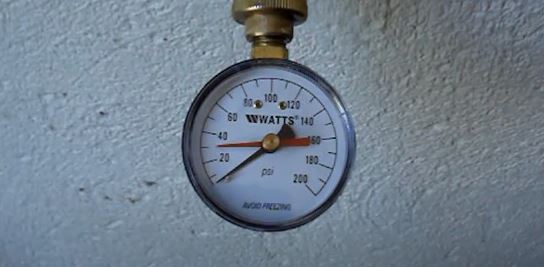
- Make sure there is no fixture or faucet running in the house. That will lower the water pressure.
- Turn on the faucet and check the reading on the dial. If you have a pressure of between 40 and 70 psi then the water pressure is good. You can however adjust it as you please.
Please make sure that the outside faucet is connected to the same water supply pipe as the water in the house. Otherwise you will have a faulty reading.
If you would like to measure the hot water pressure in the water heater, connect the pressure gauge to the drain valve at the bottom of the water heater. Since the water at the bottom of the tank is not always clean and you don’t want debris in the gauge, drain about a gallon or 2 from the water heater before connecting the pressure gauge.
And that is simply how to measure the water pressure in the house. Again, if the pressure is not what you want adjust it at the pressure reducing valve.
Please note that the pressure reading on your pressure gauge will depend on the time of the day you are taking it. When you measure the water pressure when there is a high water demand in your area, of course you will record a lower reading.
To have a more precise reading consider taking the measurement at different times of the day, usually around midday when most folks are at work. If you are suing water from a well this should not be of concern to you.
How to Adjust Water Pressure to the House
If you want to increase or decrease the water pressure to you house, start by locating the pressure reducing valve to your house. The pressure reducing valve to your house is located adjacent to the main house shut off valve and/or water meter. It is usually made of brass and looks like a dome with an adjustment screw at the top.
If you don’t have a pressure reducing valve in your home, you should have one installed by a licensed plumber. The cost of PRVs vary from around $100 to $300.
Here is how to adjust the water pressure in your house using a pressure reducing valve:
- Connect a pressure gauge to an external faucet and turn on the water. Note the pressure reading.
- Head over to your pressure reducing valve with an adjustable wrench and flathead screwdriver.
- Use the wrench to loosen the nut at the top of the PRV.
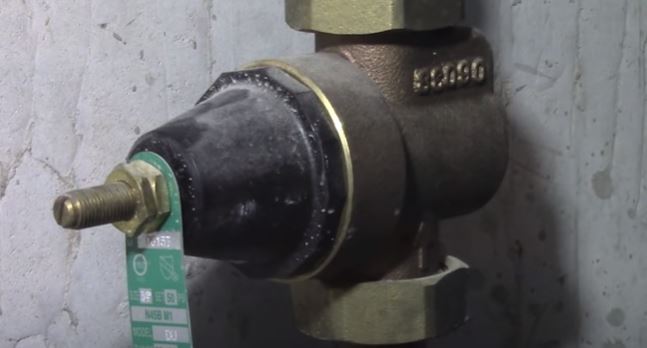
- Once the nut is loose, you can now adjust the water pressure to the house. To increase the water pressure, turn the screw clockwise, and counterclockwise to reduce the water pressure.
- Keep checking the pressure reading on the gauge as you turn the screw until you get the desired water pressure.
- Once you have the right water pressure, tighten the nut on the pressure reducing valve.
And that is how to adjust water pressure to your house.
How to Adjust Water Pressure from a Well
Water from a well is normally pumped to the pressure tank before being pumped to the house. The pressure of the water in the pressure tank is determined by the pressure switch.
The pressure switch turns the pump on and off when water pressure in the pressure tank reaches the cut-in and cut-out pressure respectively. This prevents the pump from running all the time.
If for instance the settings in your pressure switch is 40-60 psi, 40 psi is the cut-in pressure while the cut-out pressure is 60 psi.
Here is how to adjust well water pressure:
- Turn off power to your well pump at the circuit breaker.
- Remove the pressure switch cover. It is normally attached to the pressure switch using a bolt or screw.
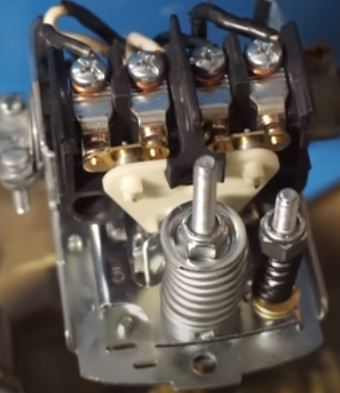
- Compress or release the springs. Once the cover is out, you will see 2 springs compressed using a nut on a bolt. Once spring controls the cut-in pressure while the other controls the cut-out pressure. Use a wrench to compress or release the springs (starting with the cut-in pressure) to increase or reduce water pressure to your house.
- Turn the power back on every time you make an adjustment and check if it is what you want.
And basically, that is how adjust water pressure from a well. Please note that if you increase the cut-out pressure too much the bladder in the pressure tank can rupture. There should be a limit to that at the back of the cover.


